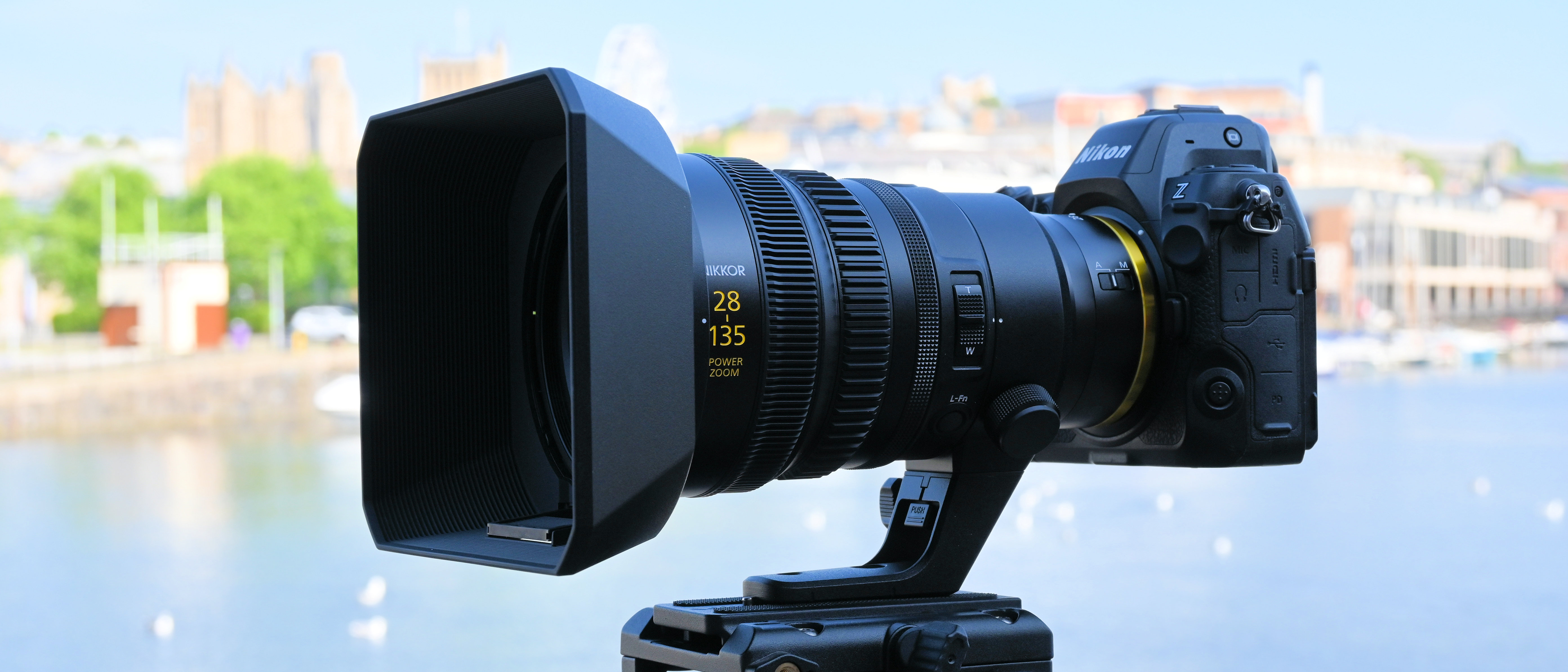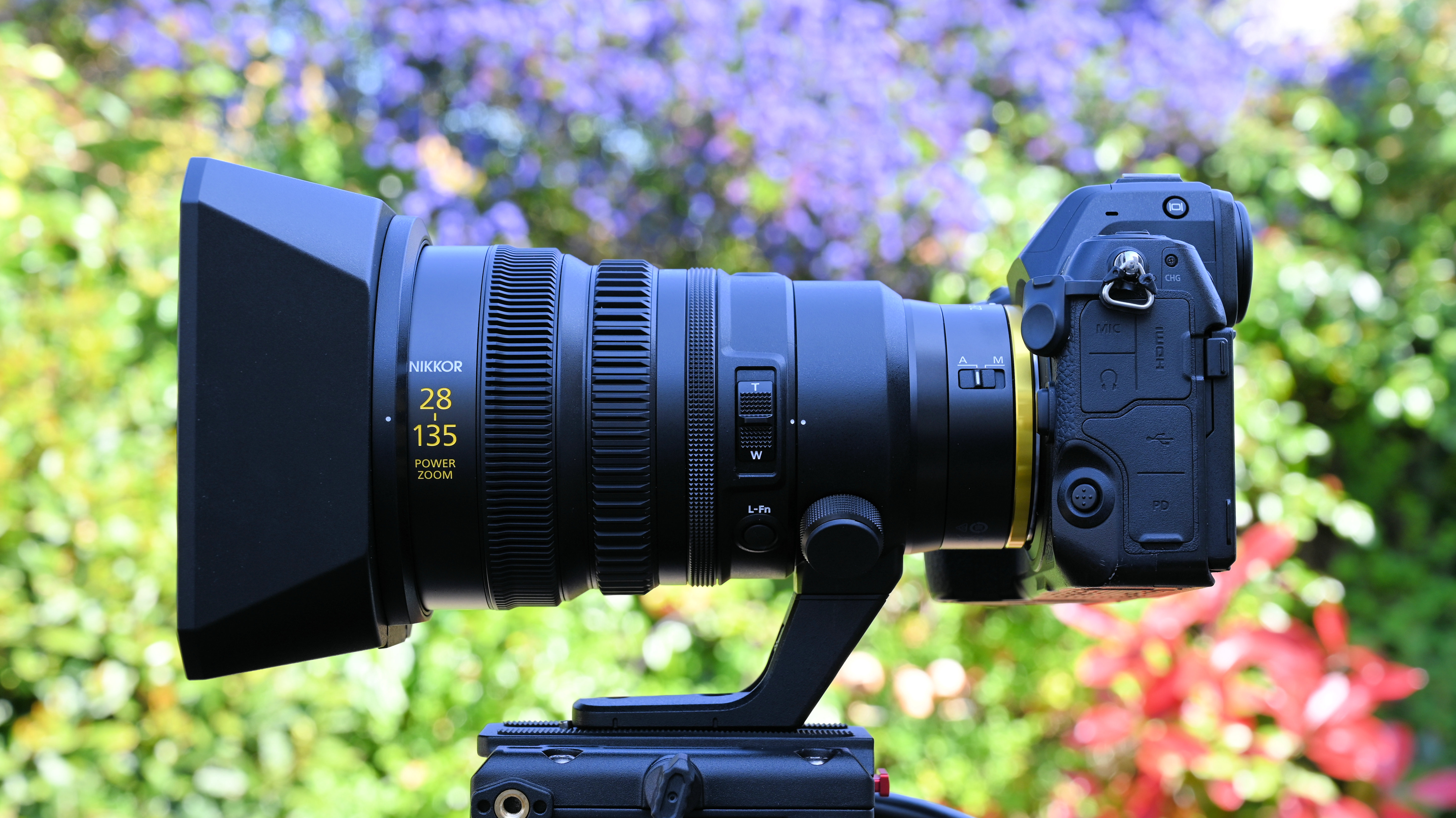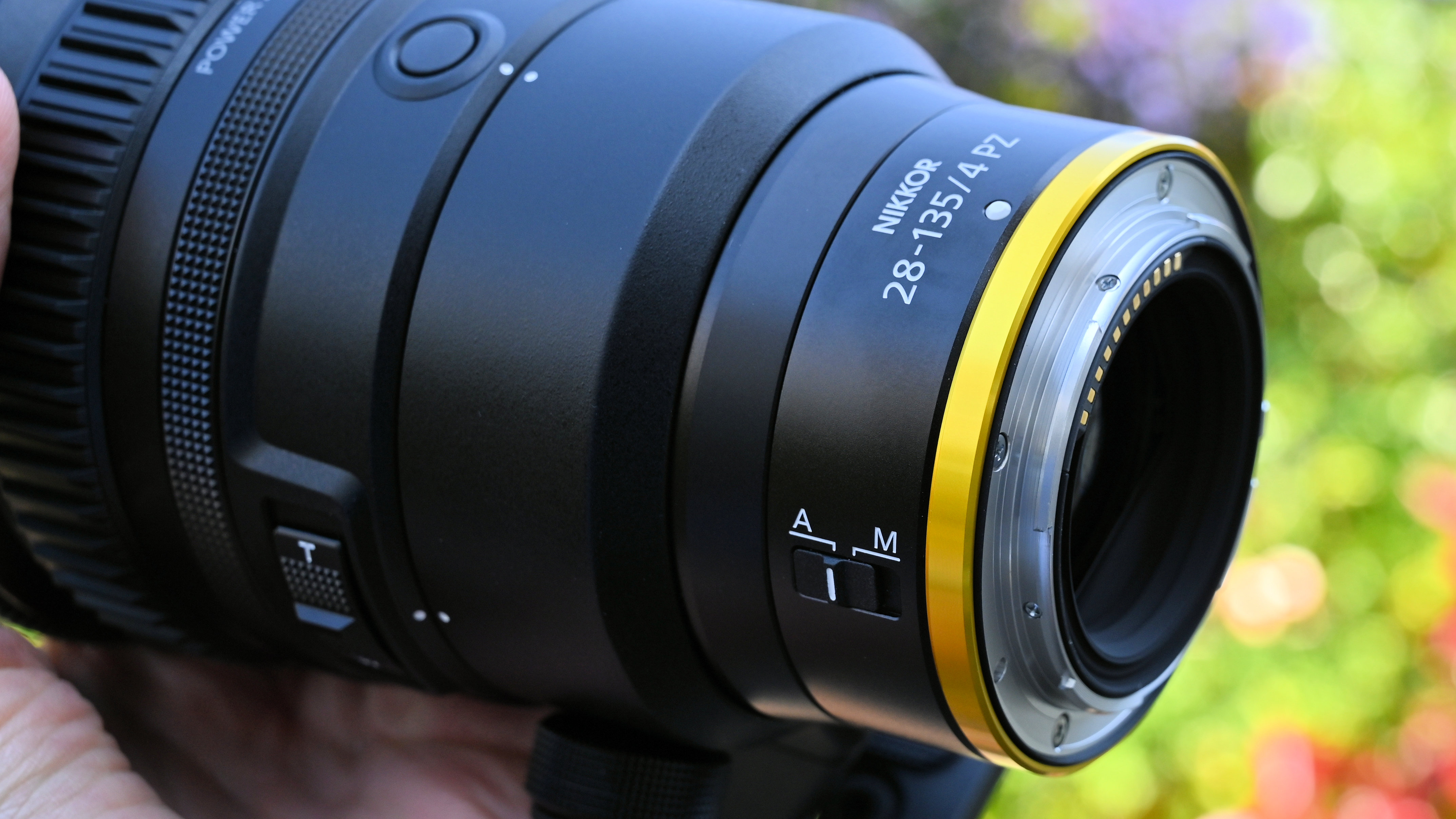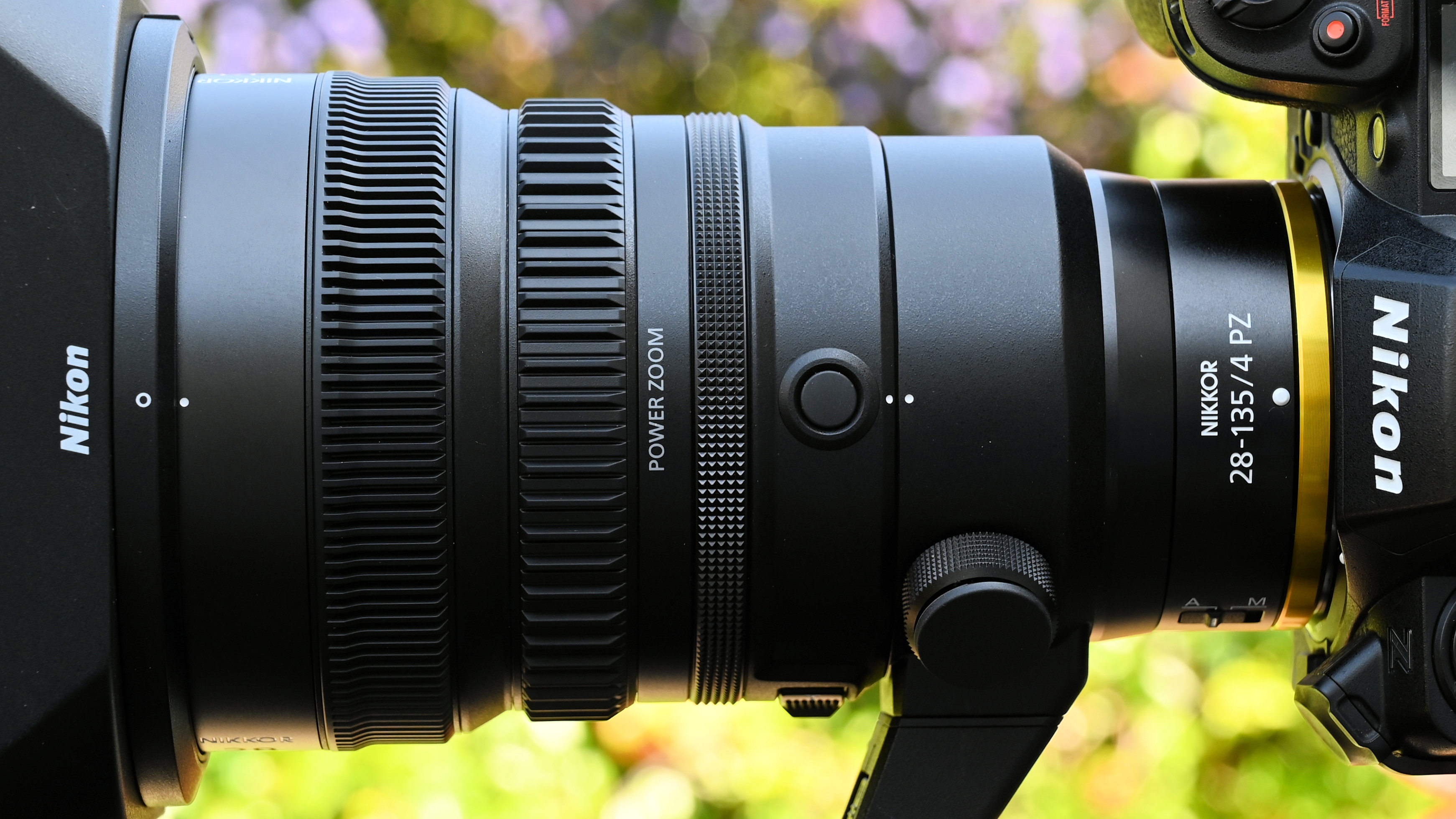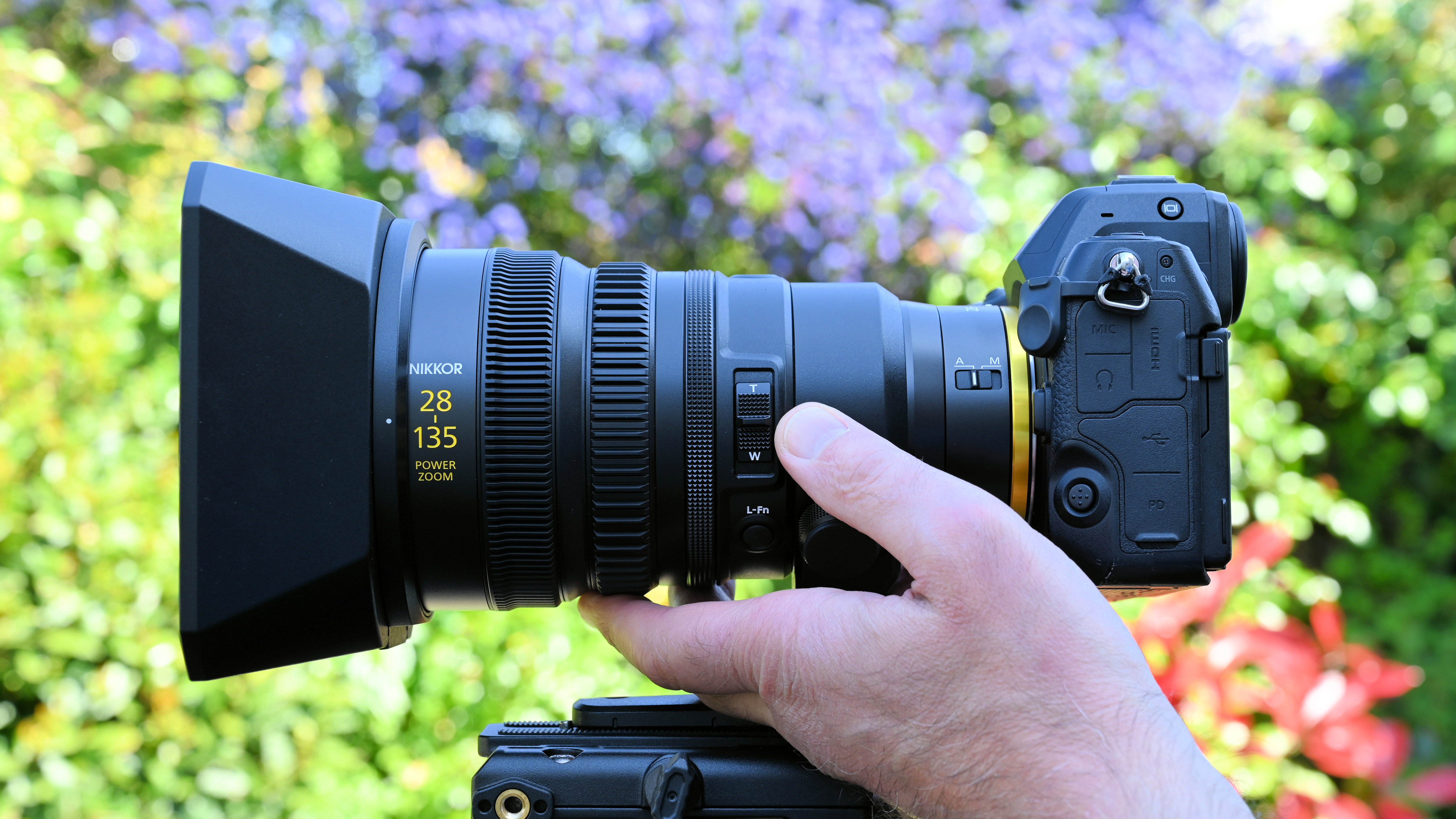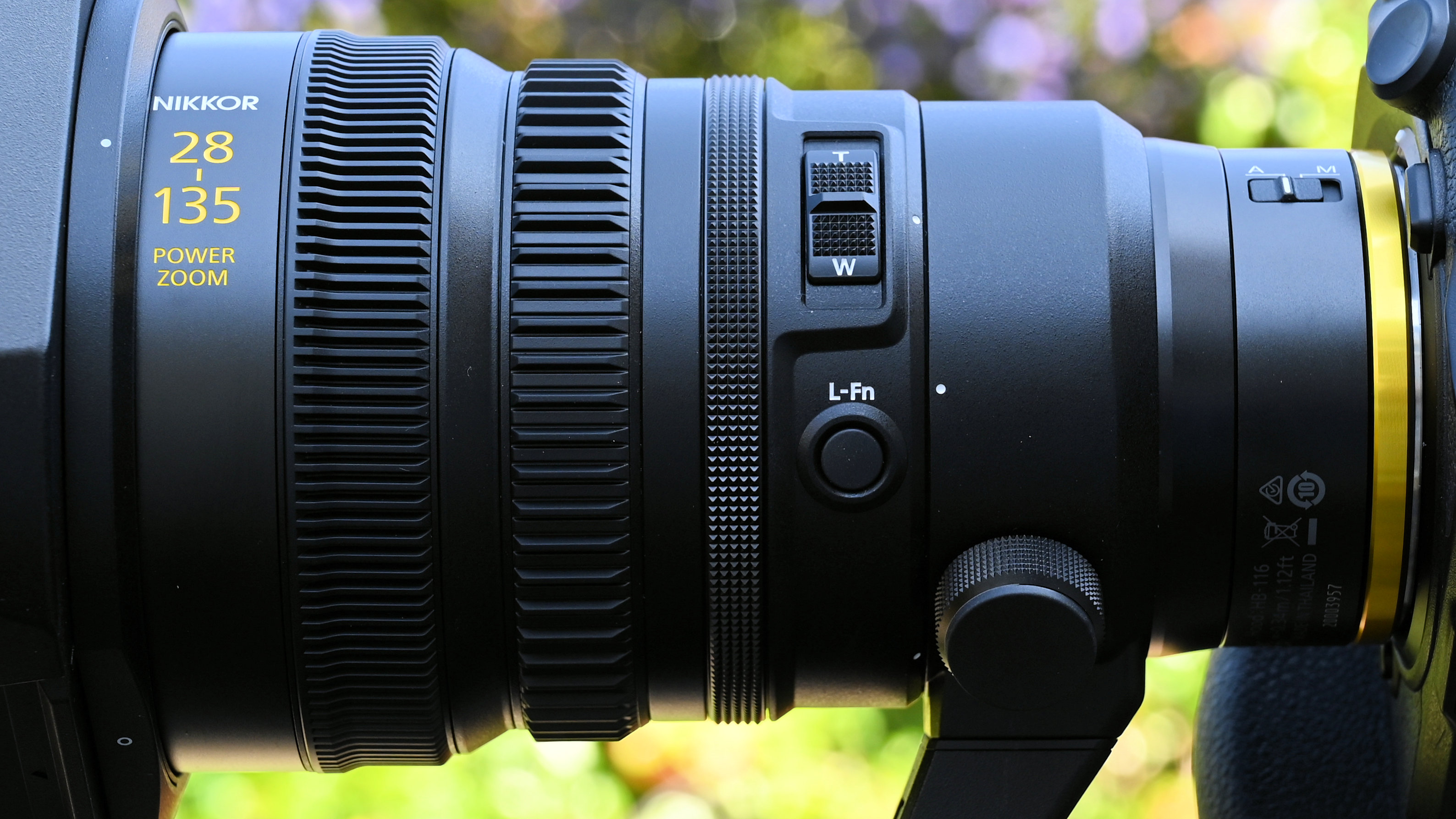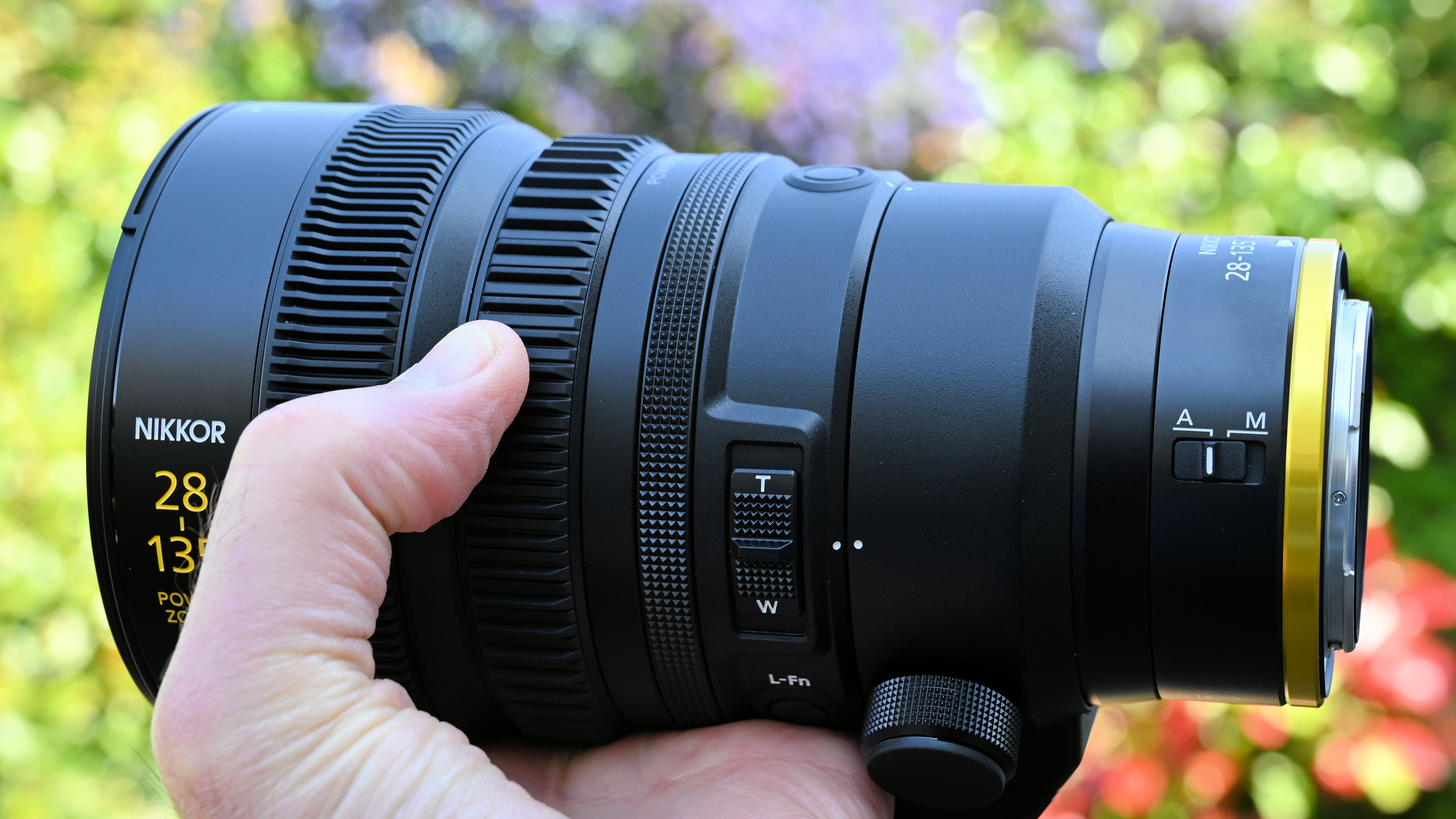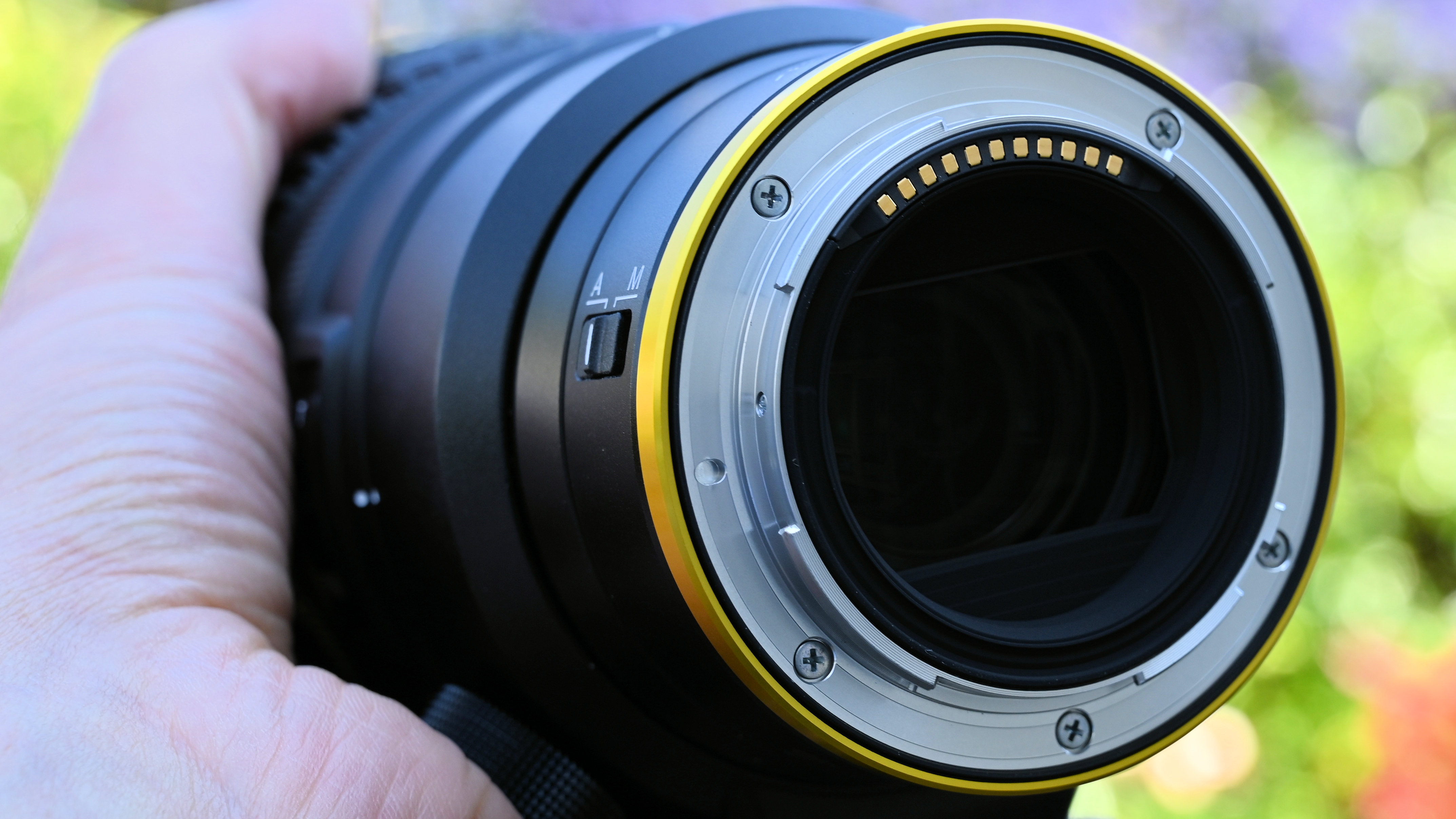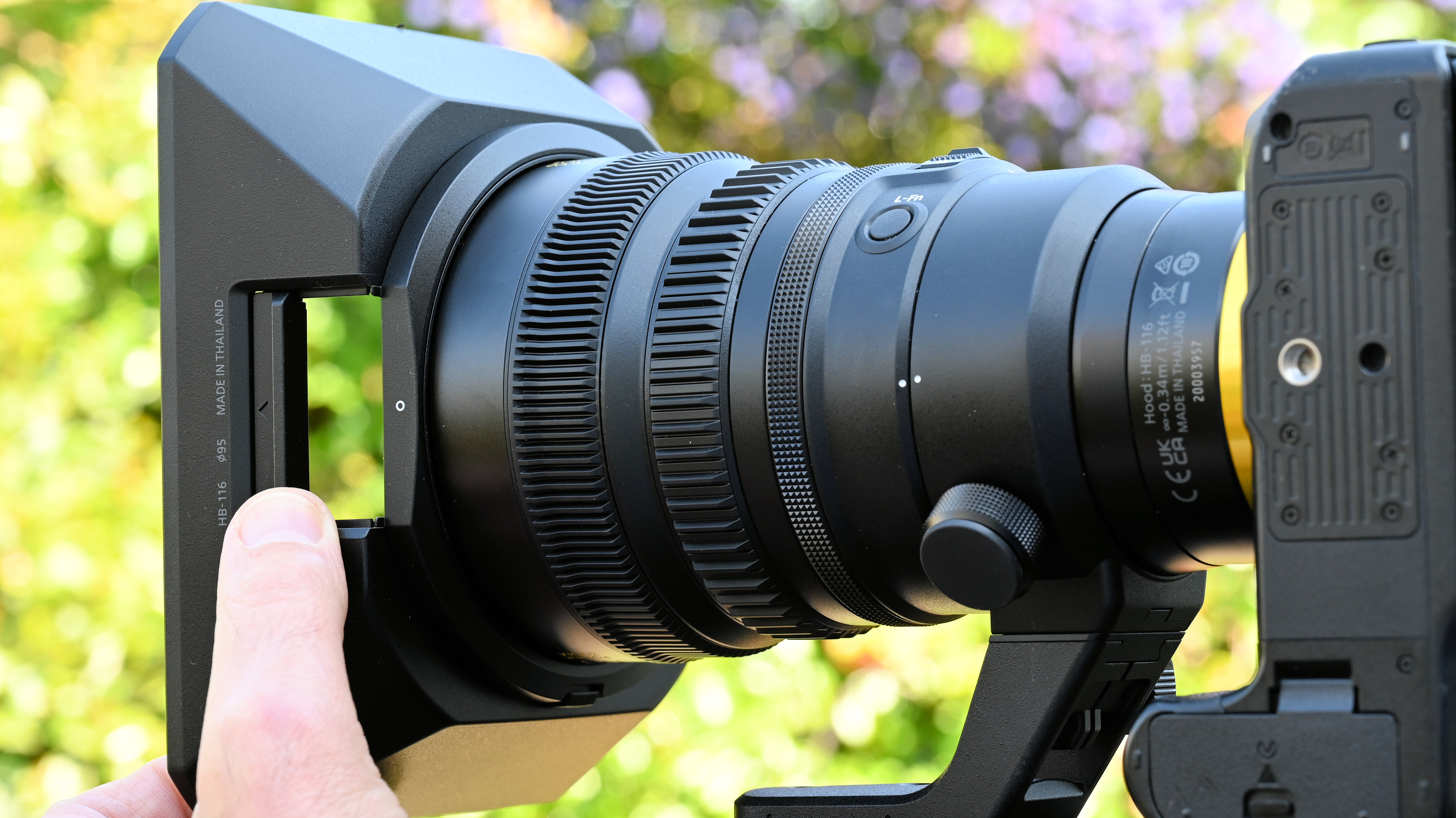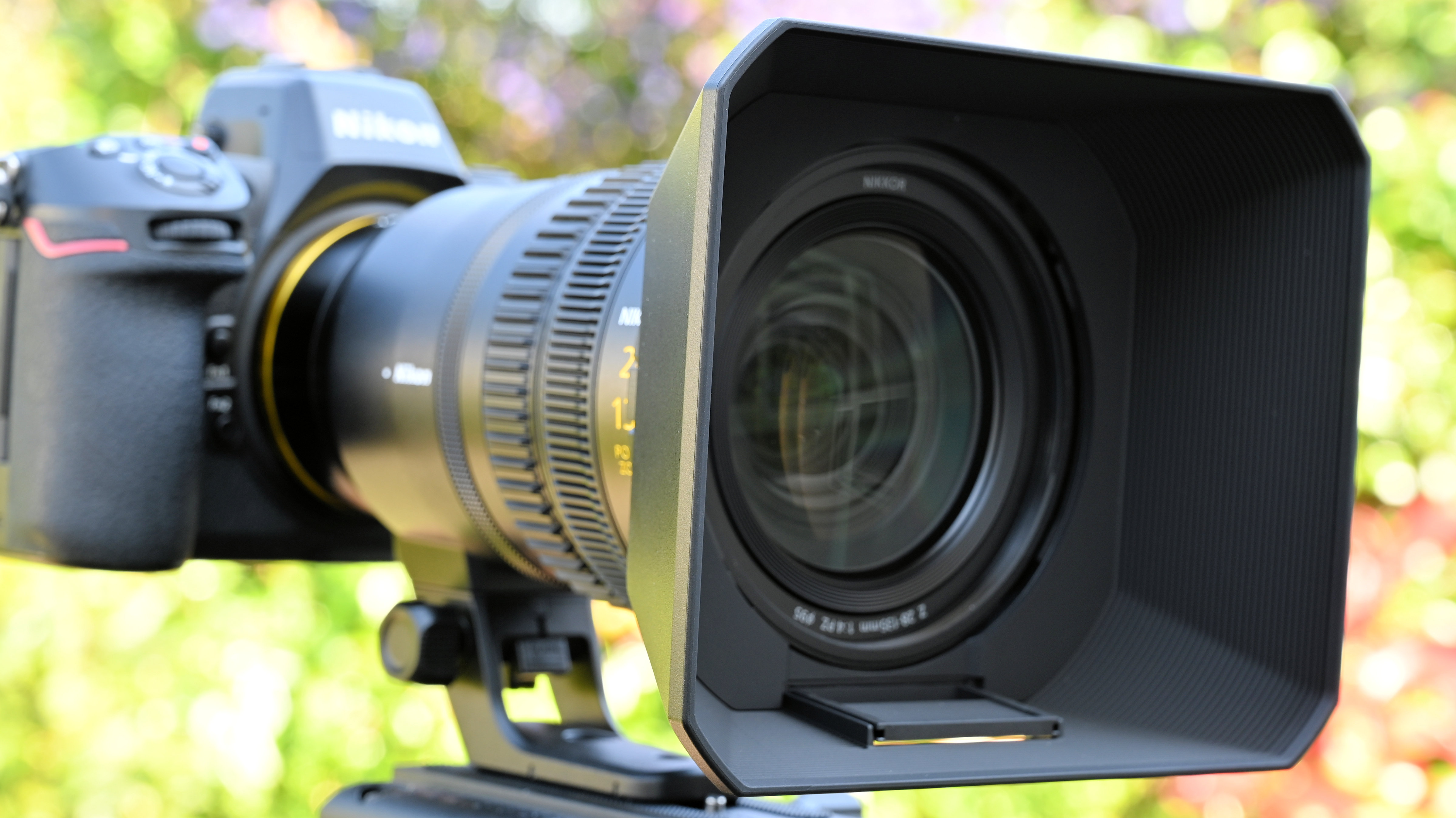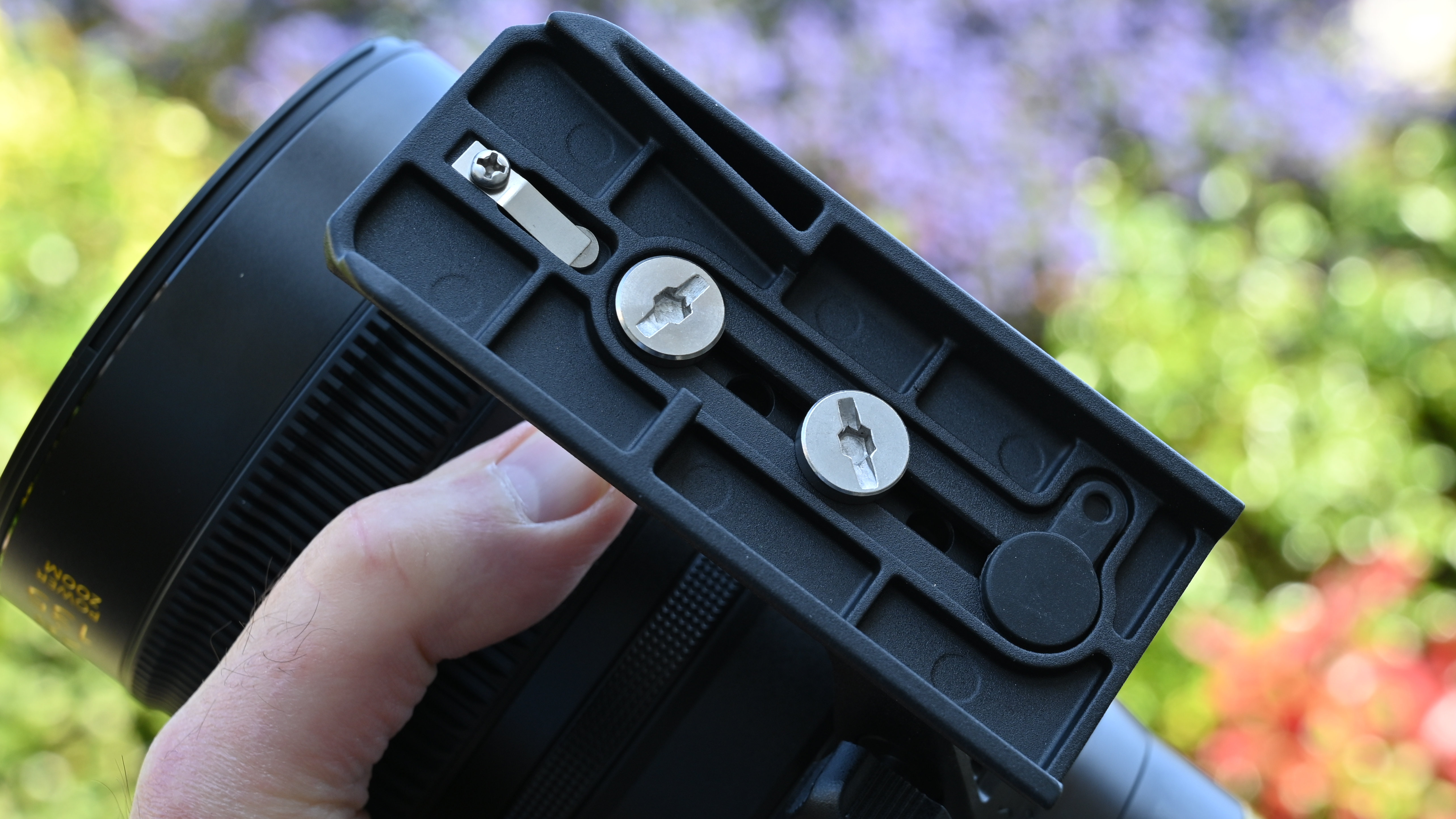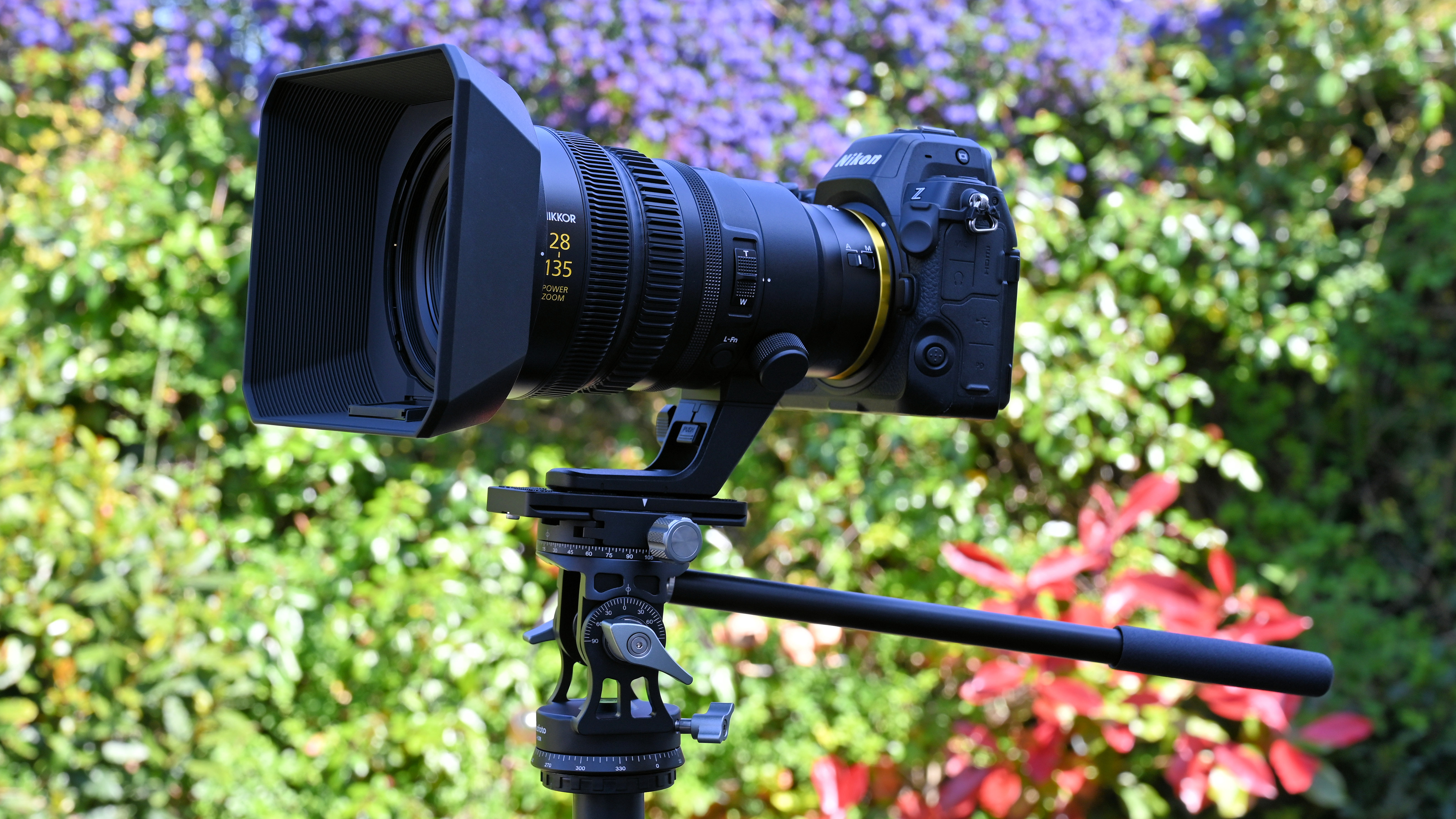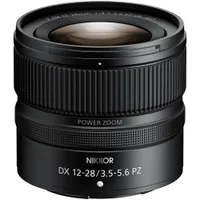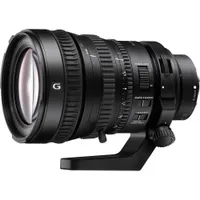Digital Camera World Verdict
It’s no lightweight but the Nikon Z 28-135mm f/4 PZ is impressively compact and light for a cine lens. I like that it’s packed full of features and has an 11-speed motorized zoom mechanism. I love the zoom range, handling and image quality but it’s pretty pricey to buy.
Pros
- +
11-speed motorized zoom
- +
Compact for a cine lens
- +
Excellent performance
- +
Removable tripod foot
Cons
- -
No dedicated, marked aperture ring
- -
No manual zoom ring
- -
No optical stabilization
- -
Heavy for shooting stills
Why you can trust Digital Camera World
Hold the press – Nikon has acquired RED Digital Cinema Cameras, the darling of Hollywood! Actually, that’s old news; it happened more than a year ago. But putting its money where its mouth is, or perhaps vice versa, Nikon has shown commitment to the cause by designing its first-ever full-frame cine lens, the Z 28-135mm f/4 PZ.
What’s PZ? That’ll be Power Zoom, for silky-smooth transitions when you’re zooming in and out. If you know cine lenses, you know that they’re often big, bulky, heavy, and horrifically expensive. The new Nikon zoom certainly isn’t a lightweight at 1210g / 2lb 10.7oz (with tripod foot), but it’s easily manageable for run-and-gun videography, and sets its sights on being one of the best lenses for filmmakers and videography on the market.
Nikon Z 28-135mm f/4 PZ: Specifications
Mount options | Nikon Z (FX) |
Lens construction | 18 elements in 13 groups |
Angle of view | 75 to 18.2 degrees |
Diaphragm blades | 9 |
Minimum aperture | f/22 |
Minimum focus distance | 0.34m to 0.57m |
Maximum magnification | 0.25x (55-135mm) |
Filter size | 95mm |
Dimensions | 105x178mm / 4.2x7in |
Weight | 1210g / 2lb 10.7oz (with tripod foot) |
Nikon Z 28-135mm f/4 PZ: Price
There’s never been anything quite like this for Nikon Z-mount cameras before. Sure, there’s the Nikon Z DX 12-28mm f/3.5-5.6 PZ VR which is another videocentric zoom lens but that’s for APS-C format cameras and has much lower aspirations, as well as a much more limited zoom range. The diminutive DX 12-28mm has a fittingly small list price of just $357 / £379 / AU$589. For a more direct (actually, very direct) comparison, there’s the Sony FE 28-135mm f/4 G PZ OSS, which costs $2,498 / £1,999 / AU$3,719. That makes the Nikon 28-135mm look moderately priced, launching at $2,600 / £2,499 / AU$3,399.
Nikon Z 28-135mm f/4 PZ: Design & Handling
The Z 28-135mm looks every inch a cine lens, from its new and distinctive gold band at the back, to its square hood at the front, and there’s a lot of videocentric features in between. Something I always like to see is an auto/manual focus mode switch, which is conveniently placed towards the rear of the lens. It avoids messing around in long-winded camera menus when you need to make the change in a hurry.
Next forward is the locking knob for the tripod collar. As I’d expect, the collar offers a full 360 degrees of rotation and has clear markings on the horizontal and 90-degree increments. However, there are no click steps which are featured on some lenses with collars. The foot is easily removable to enable a more natural feel when handholding the lens, although you can naturally rotate the collar so that the foot is pointing upwards to keep it out of the way.
Now things start to get interesting. Just forward of the tripod collar is the T/W (Telephoto/Wide) rocker switch for the motorized zoom. This has no less than 11 different speeds, catering to everything from super-slow to very speedy zooming. The more you push, the faster it goes. Below and above are two L-fn (Lens-function) buttons for the likes of AF-on and AF-hold, although you can customize them to take on other functions via the menu systems of Nikon cameras.
Let’s take another step forward. Next up is a customizable control ring. Given the videocentric nature of the lens, I’d select stepless aperture control for the ring. It works with smooth precision, which is exactly what I’d hope for – there’s really no excuse for it not to.
The best camera deals, reviews, product advice, and unmissable photography news, direct to your inbox!
Onwards and forwards again is the zoom ring. This isn’t a manual zoom ring, which would be rather better for shooting stills. It’s actually another electronically-coupled control ring for the motorized zoom. In this case though, it has the typical ribbed surface for follow focus/zoom controllers. That enables another operational option and, if you still want more, the Nikon Z 8 that I tested the lens with has custom options for using the +/- buttons on the back of the camera for zooming at any zoom speed you care to dial in. Remote zooming control is also available via Nikon apps, including NX Tether, SnapBridge, and NX Field apps, directly from your computer, smartphone or tablet. There’s also the option of investing in Nikon’s MC-N10 remote control video grip.
Naturally, follow focus applies to manual focusing itself, with a similarly ribbed and geared arrangement for the electronically-coupled focus ring at the front. Stepping motors are employed for both the focus drive and the zoom mechanism, enabling smooth and virtually silent operation.
Up front there’s a rectangular-shaped hood which clips on via a straightforward bayonet-fit attachment, complete with release pushbutton. I like that the hood has a sliding panel to enable access to a directional filter. A variable ND filter springs to mind, as it’s particularly useful for maintaining exposure settings when shooting video under changeable lighting conditions.
I’d expect some up-market glass at this sort of price point and the lens doesn’t disappoint. It has 18 optical elements in total, arranged in 13 groups. Of these, there are three ED (Extra-low Dispersion) elements, one aspherical element, and a further four aspherical elements. The aim is for premium sharpness, clarity and color rendition with minimal aberrations. High-tech Meso Amorphous Coat is also on hand to combat ghosting and flare, and there’s also a water/grease-repellant fluorine coating on the front element.
Nikon Z 28-135mm f/4 PZ: Performance
I’m yet to see a full-frame Nikon Z-mount lens that’s not super-sharp. This one follows suit, with excellent sharpness across most of the frame. The extreme edges and corners weren’t overly impressive in our lab tests, throughout the short half of the zoom range, but proved plenty good enough during my real-world testing.
Performance is enhanced in practical terms by the lens’s compatibility with wide-ranging cages, mounts and matte boxes. It’s a cine feeding frenzy. Similarly, the zoom and focus mechanisms are fully internal, so you can enjoy a consistent center of gravity when using a gimbal.
You might find one slight frustration in that the shortest focus distance doesn’t remain fixed throughout the zoom range but there’s not too much variance and, more importantly for shooting video, focus breathing is negligible. The maximum magnification ratio equates to 0.25x and comes in the 55-135mm sector of the zoom range.
Getting back to sharpness, there’s plenty on tap to suit 8K UHD video capture. Moreover, if you use the lens with the likes of a Nikon Z 8 or Nikon Z 9 body, there’s the possibility of Hi-Res Zoom, so you can double up on maximum telephoto reach to 270mm and still capture video at 4K UHD.
Nikon Z 28-135mm f/4 PZ: Sample Video
This sample video footage was shot at Full HD 1080p. It’s the coming together of a collection of clips taken on a sunny morning at the Bristol Floating Harbour in the UK, so called because it’s engineered to remain filled with water even when the tide’s out.
Nikon Z 28-135mm f/4 PZ: Sample Images
As with the sample video, the still images in the following gallery were shot at the Bristol Floating Harbour in the UK. Towards the end of the gallery are a pair of shots and a subsequent triplet of shots that demonstrate the relative field of view at the minimum and maximum zoom settings of the lens. The latter includes an intermediate focal length.










Nikon Z 28-135mm f/4 PZ: Lab Results
We run a range of lab tests under controlled conditions, using the Imatest Master testing suite. Photos of test charts are taken across the range of apertures and zooms (where available), then analyzed for sharpness, distortion and chromatic aberrations.
We use Imatest SFR (spatial frequency response) charts and analysis software to plot lens resolution at the center of the image frame, corners and mid-point distances, across the range of aperture settings and, with zoom lenses, at four different focal lengths. The tests also measure distortion and color fringing (chromatic aberration).
Sharpness:
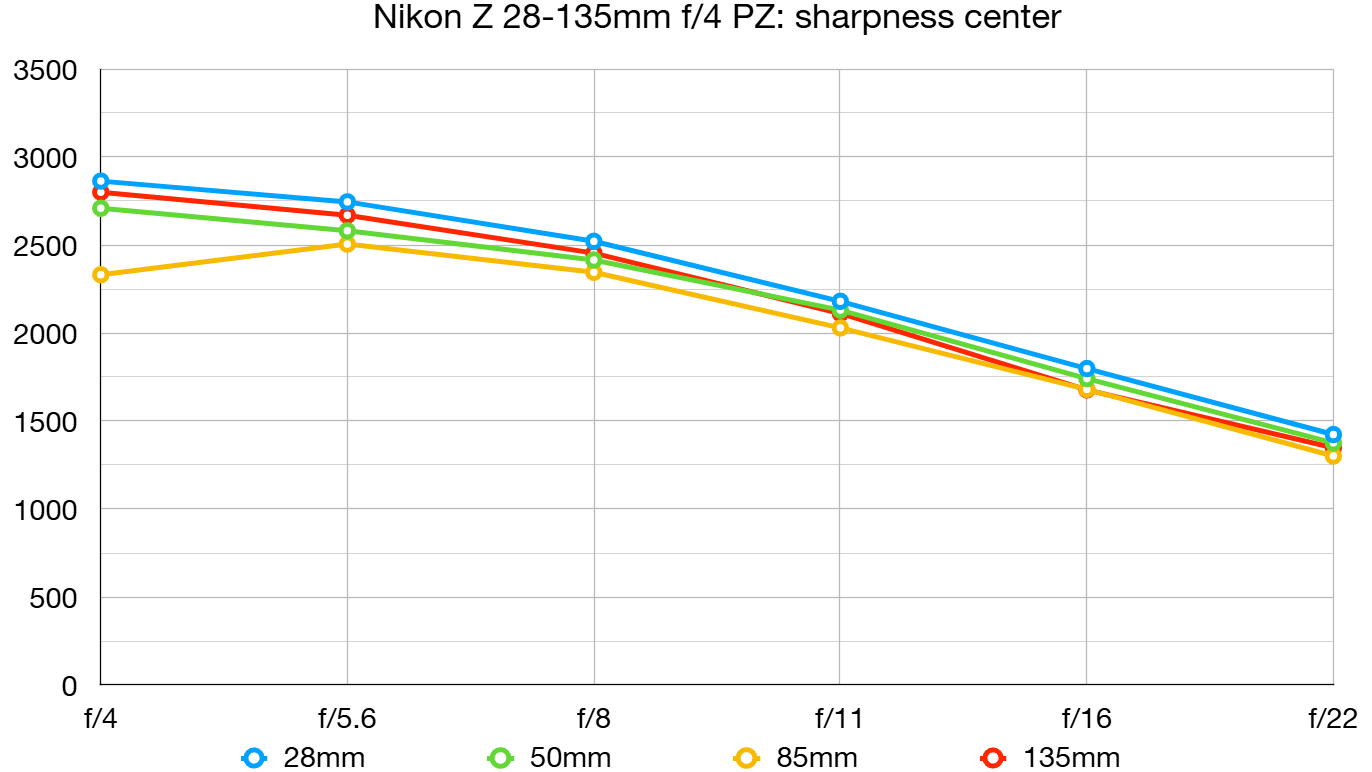
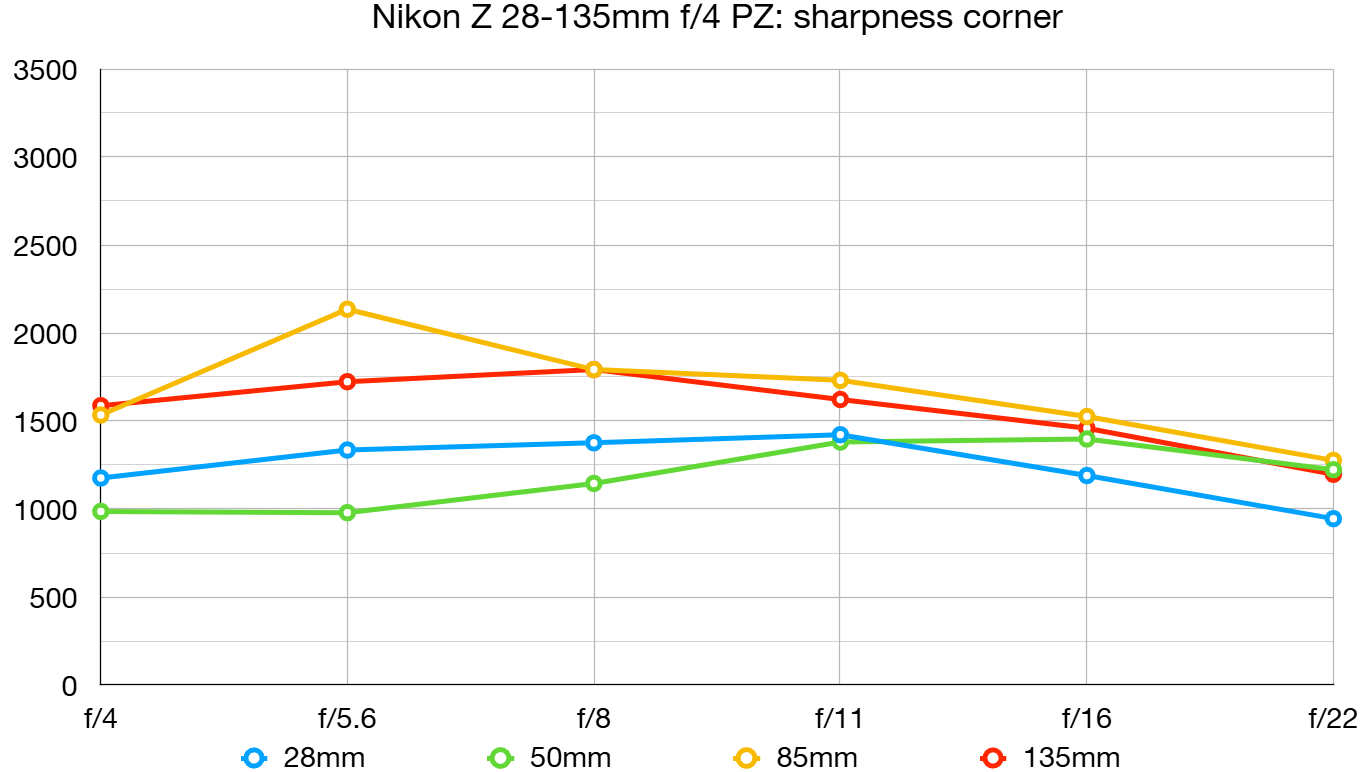
It’s not the sharpest Z-mount Nikon lens that’s been through our lab, especially towards the edges and corners of the image frame at shorter zoom settings. Even here though, it’s more than sharp enough to do full justice to 8K UHD movie capture, as well as for 46-megapixel stills on the likes of the Nikon Z 8.
Fringing:
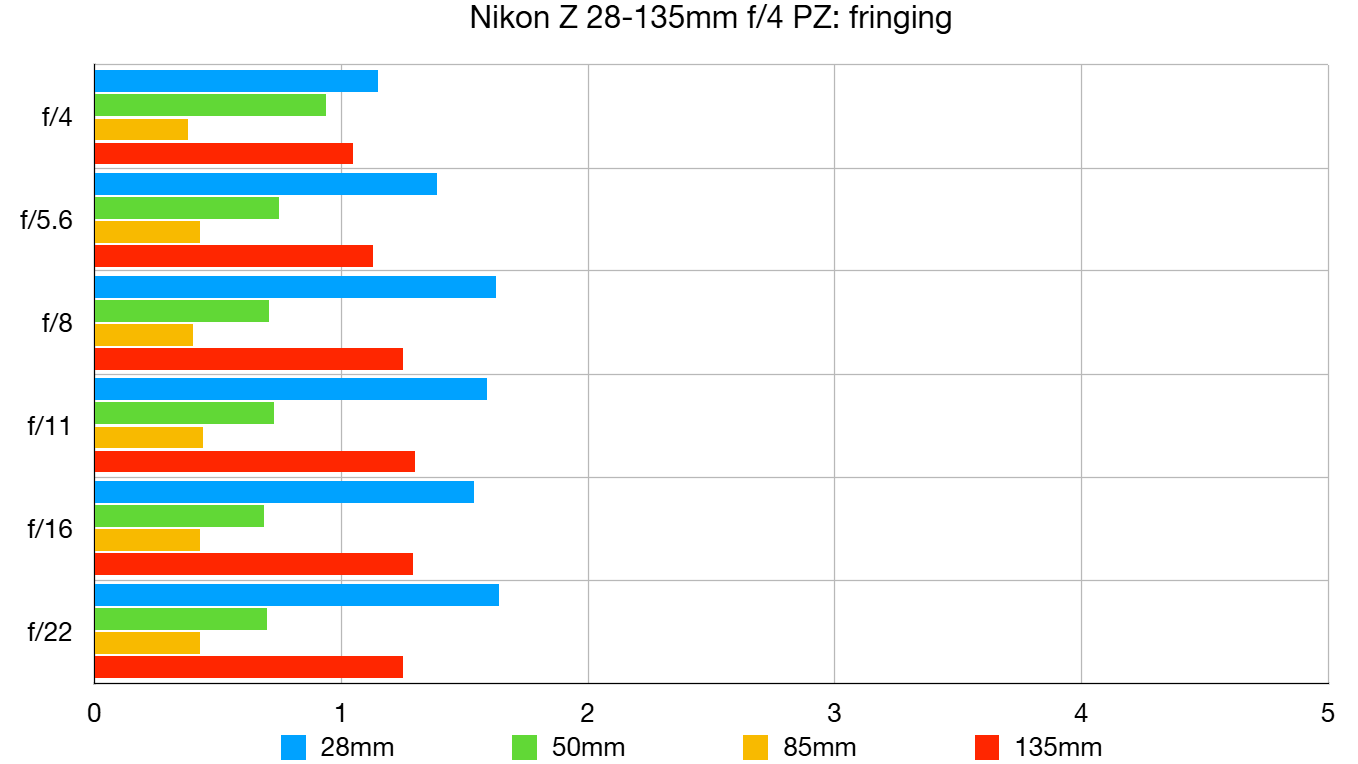
There’s a very small amount of color fringing towards the edges and corners of the frame, mostly at either end of the zoom range. Even so, it’s not apparent in real-world shooting and easily taken care of by automatic in-camera corrections.
Distortion:
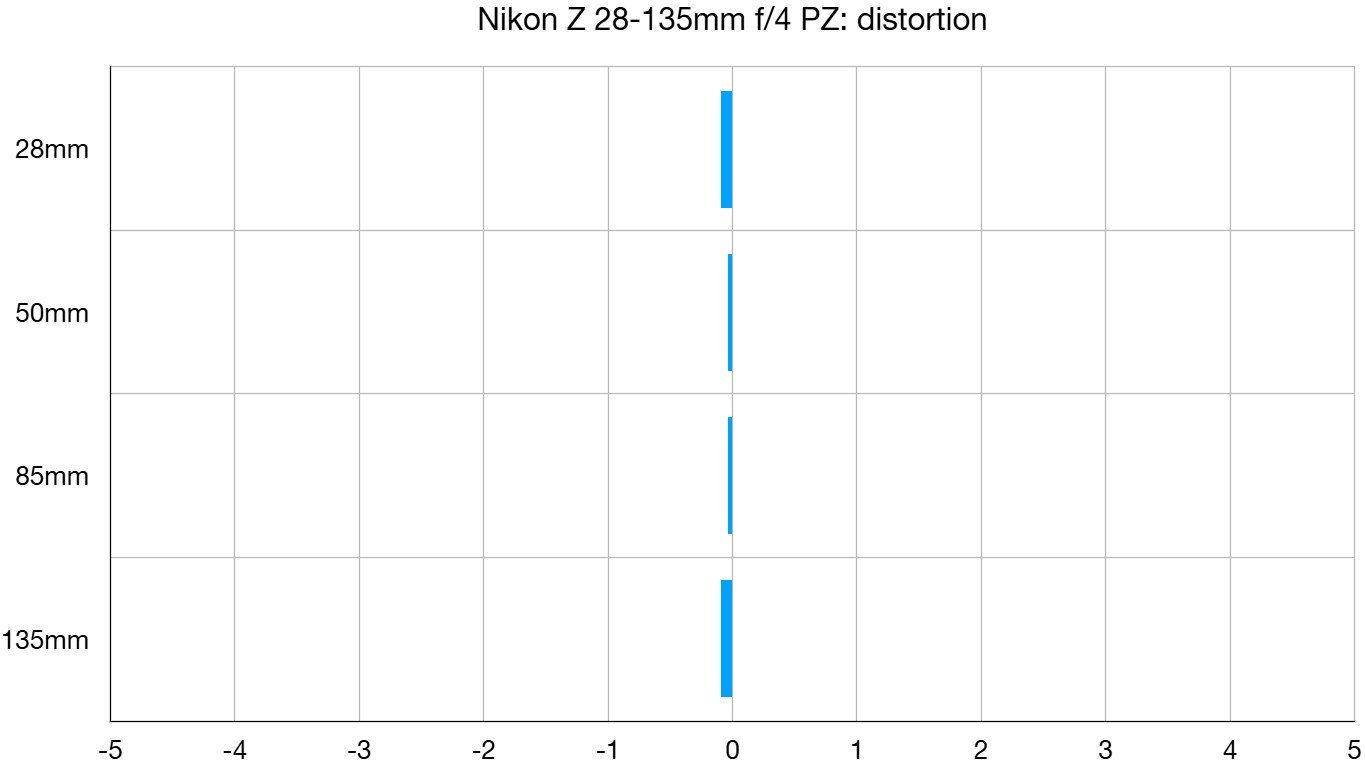
Distortions are both remarkably low and extremely consistent throughout the entire zoom range. That’s definitely a bonus when zooming in and out when shooting video.
Nikon Z 28-135mm f/4 PZ: Verdict
I really like the 28-135mm zoom range of this lens. Compared with a 24-70mm standard zoom, I’m prepared to forego the extra wide-angle coverage, especially when shooting video rather than stills, but I find the extra telephoto reach is great to have and really adds to the lens’s versatility. The f/4 aperture might not be particularly fast, but it does enable a fairly tight depth of field with smooth bokeh, especially at longer zoom settings. I love the smoothness of the motorized zoom and that it has 11 different speeds, as well as the fact that I can customize the lens’s controls and operate it remotely. All in all, it’s a great lens for video and cine capture, and it works well for stills too.
Features ★★★★☆ | Top features include smooth and near-silent stepping motor based autofocus and zoom mechanisms, although there’s no dedicated, marked aperture ring nor optical stabilization. |
Design ★★★★★ | It’s remarkably compact and lightweight for a cine lens, ideal for run and gun videography, documentaries, weddings and more besides. |
Performance ★★★★★ | Image quality is excellent and the performance of the motorized zoom and autofocus is also top-notch. |
Value ★★★★☆ | It’s very good value for a cine lens but you couldn’t call it inexpensive! |
Alternatives
The Nikon Z DX 12-28mm f/3.5-5.6 PZ VR launched as the first ever videocentric zoom lens for Z-mount camera but this one is for APS-C format bodies and has an ‘effective’ zoom range of 18-42mm. As such, it’s more of a wide-angle zoom with no telephoto abilities. It has a list price of $357 / £379 / AU$589 but is often discounted.
Over in the E-mount camp, the full-frame Sony FE 28-135mm f/4 G PZ OSS is a direct competitor for the Nikon 28-135mm lens, with a similarly videocentric feature set. The selling price is also in the same ballpark, at $2,498 / £1,999 / AU$3,719.
Matthew Richards is a photographer and journalist who has spent years using and reviewing all manner of photo gear. He is Digital Camera World's principal lens reviewer – and has tested more primes and zooms than most people have had hot dinners!
His expertise with equipment doesn’t end there, though. He is also an encyclopedia when it comes to all manner of cameras, camera holsters and bags, flashguns, tripods and heads, printers, papers and inks, and just about anything imaging-related.
In an earlier life he was a broadcast engineer at the BBC, as well as a former editor of PC Guide.
You must confirm your public display name before commenting
Please logout and then login again, you will then be prompted to enter your display name.
